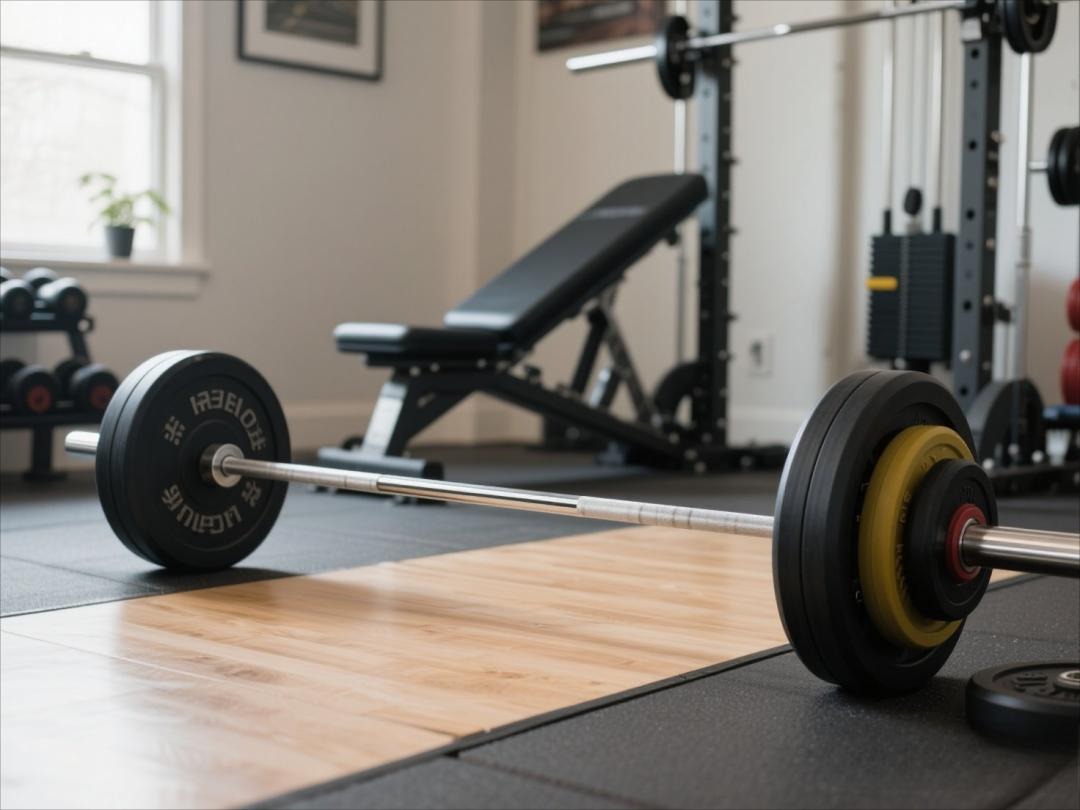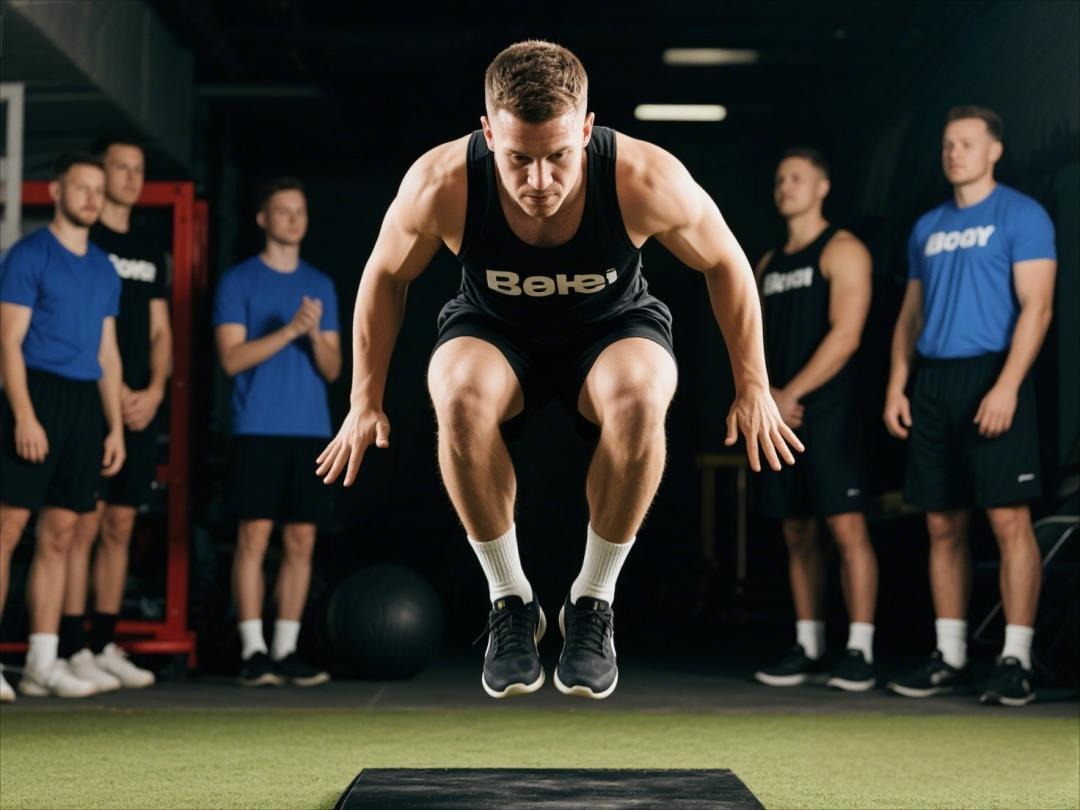If you've ever felt like your bench press game is stuck in neutral, chances are you're making one (or more) of these common mistakes. The good news? Fixing them is easier than you think—once you know what to look for. Whether you're a gym newbie or a seasoned lifter, these tweaks can help you press more weight, avoid injury, and finally break through that plateau.

We get it—you've seen powerlifters arch their backs like they're trying to limbo under the bar. But unless you're competing, that extreme arch is doing more harm than good. A slight natural curve in your lower back is fine, but if your hips are practically levitating off the bench, you're putting unnecessary strain on your spine and cheating your range of motion. Try this instead: Keep your butt glued to the bench while maintaining a tight core. Imagine you're bracing for a punch to the gut—that's the tension you want throughout your entire lift.
Nothing screams "I'm about to drop this barbell on my face" like wrists that bend backward at a 90-degree angle. This common mistake transfers the weight onto your joints instead of your muscles, increasing injury risk and sapping your strength. The fix? Stack your wrists directly over your elbows and keep them locked in a neutral position. Wrap your thumbs around the bar (none of that suicide grip nonsense) and pretend you're trying to bend the bar toward your feet—this engages your lats for extra stability.
Those dangling legs aren't just making you look like a newborn giraffe—they're robbing you of serious power. Your feet should be planted firmly on the ground, driving force upward through your legs and into your lift. Think of your body as a coiled spring: The tighter your lower body is braced, the more power you can transfer to the bar. Experiment with foot placement—some lifters prefer them directly under their knees, others slightly behind—but keep them flat and driving into the floor throughout the entire movement.
Newsflash: Your sternum isn't a trampoline. Bouncing the bar off your chest might help you lift heavier in the moment, but it's cheating your muscles out of proper development and begging for a rib injury. Instead, practice controlled eccentric movements—lower the bar slowly (about 2-3 seconds) until it gently touches your chest, then explode upward. This builds real strength through the full range of motion and teaches your muscles to handle the weight without momentum doing the work.
If your shoulders are creeping up toward your ears during your press, you're inviting rotator cuff issues to the party. This usually happens when the weight's too heavy or your setup is off. Before unracking the bar, retract your shoulder blades like you're trying to pinch a pencil between them—and keep them locked in that position throughout the lift. Your shoulders should stay packed down, creating a stable platform for pressing. Bonus benefit? This positioning also protects those delicate shoulder joints from unnecessary wear and tear.
Holding your breath during a heavy bench might feel instinctive, but it's a one-way ticket to lightheadedness town. Proper bracing makes all the difference: Inhale deeply as you lower the bar, filling your belly like a balloon (not just your chest), then exhale forcefully as you press upward. This intra-abdominal pressure acts like a natural weightlifting belt, stabilizing your core and giving you more pressing power. Just don't go overboard—you're not trying to blow out birthday candles here.
Spotting these mistakes is half the battle—now it's time to put these fixes into action. Start light to groove the proper movement patterns, then gradually add weight as your form improves. Remember, ego lifting leads to sloppy form, which leads to injuries... which leads to explaining to your friends why you can't join them for chest day. Stick with these corrections, and you'll be benching like a pro while keeping your joints happy and your gains coming.
























